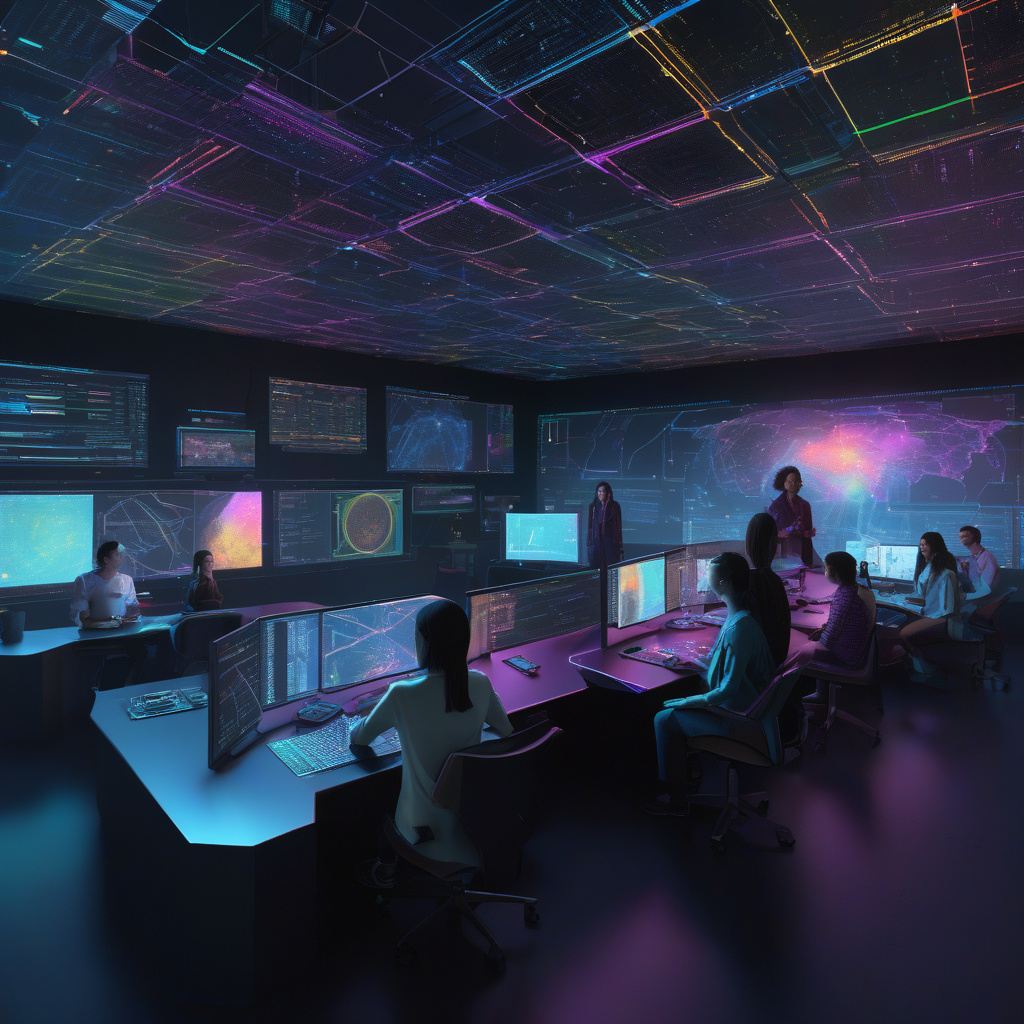The Future of Agentic Coding Is Multiplayer
In the ever-evolving landscape of software development, one concept is gaining significant traction: multiplayer AI engineering. This innovative approach to coding leverages the power of collaboration to enhance productivity, creativity, and problem-solving in the digital realm. As technology continues to advance at a rapid pace, the era of solo coding is gradually giving way to a more interactive and communal style of development.
At the same time, the rise of AI-coding tools has revolutionized the way developers approach their craft. These tools offer a range of functionalities, from automated code generation to predictive analytics, streamlining the development process and enabling programmers to work more efficiently. However, while AI tools have undoubtedly improved productivity, they have also raised concerns about job automation and the future of traditional coding roles.
Enter multiplayer AI engineering—a paradigm that combines the strengths of AI technology with the human touch of collaborative effort. By bringing together multiple developers to work on a coding project, multiplayer AI engineering fosters a dynamic environment where ideas can be shared, refined, and implemented in real-time. This approach not only enhances the quality of code produced but also promotes knowledge sharing and skill development among team members.
One of the key advantages of multiplayer AI engineering is its ability to break down silos and facilitate cross-functional collaboration. By encouraging developers with diverse backgrounds and expertise to work together, this approach promotes innovation and creativity, leading to the development of more robust and scalable solutions. Moreover, multiplayer coding can help teams identify and address complex issues more effectively by drawing on the collective intelligence of all team members.
In practical terms, multiplayer AI engineering can take various forms, ranging from pair programming and code reviews to hackathons and collaborative coding sessions. These interactive activities not only enhance team cohesion but also provide valuable learning opportunities for developers at all skill levels. By working together on coding projects, team members can leverage each other’s strengths, address weaknesses, and collectively drive the project towards success.
Furthermore, multiplayer AI engineering aligns well with the agile development methodology, which emphasizes collaboration, adaptability, and customer feedback. By incorporating multiplayer coding practices into an agile framework, development teams can respond more effectively to changing requirements, iterate quickly, and deliver high-quality software products that meet user needs.
In conclusion, the future of agentic coding lies in embracing multiplayer AI engineering as a central tenet of software development. By combining the power of AI technology with collaborative teamwork, developers can unlock new levels of innovation, efficiency, and creativity. As the digital landscape continues to evolve, embracing this approach will be essential for staying competitive and driving meaningful change in the world of software development.
So, are you ready to join the multiplayer coding revolution? Let’s connect, collaborate, and code our way to a brighter future together!

